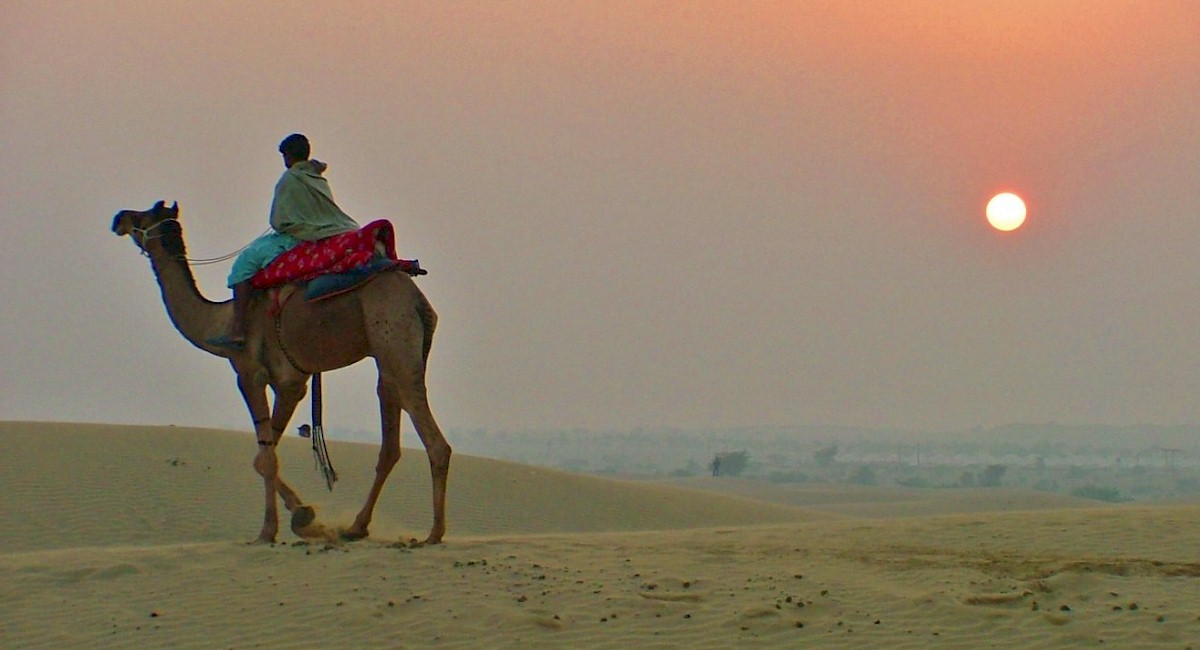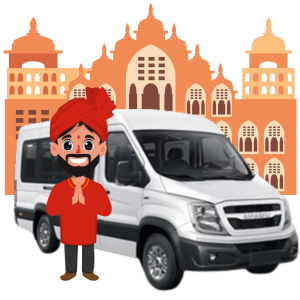
Jaisalmer Fort
The most famous landmark in the city, Jaisalmer Fort
is one of the largest forts in the world. Built in 1156
AD, the fort is also popularly known as Sonar Qila.
Unlike other forts in the country, Jaisalmer Fort is a
massive fort with a museum, shops, hotels, houses and
eateries housed within. One of the biggest tourist
attractions of the city, it is also a delight for
photographers.
Nath Mal ki Haveli
Once the residence of Diwan Mohata Nathmal, who was
the Prime Minister of Jaisalmer, this grand haveli has
an interesting story behind it. It is said that the
construction of this structure began from two sides at
the same time. With huge life-size elephants carved out
of yellow stone and intricately carved exteriors and
interiors, this haveli is one you just can’t afford to
miss!
Desert Culture Centre and Museum
Located close to the Jaisalmer city centre, Desert Culture Centre and Museum houses a large collection of traditional ancient scriptures, artefacts and instruments in addition to a vast collection of weapons, jewellery and handicrafts. The museum is maintained by the tourism department and is a must-visit for history buffs.
Desert National Park
One of the largest national parks in India, Desert
National Park, situated near Jaisalmer extends over an
area of 3,162 square kilometres and is home to a variety
of flora and fauna including migratory birds such as
kestrels, laager falcons, buzzards, vultures and more.
The main attraction at the park is the endangered Indian
Bustard. A major portion of the national park consists
of sand dunes and visitors can explore the park on a
jeep safari.
Khaba Fort
Yet another fascinating and slightly spooky fort in
Jaisalmer, Khaba Fort, was once inhabited by the Paliwal
Brahmins. It was then suddenly deserted for mysterious
reasons. The fort still has the ruins of the homes of
some 80 families that used to live here more than 200
years ago.
When you visit the fort, you can take a walk around the
crumbling structure and then take a tour of the small
museum that carries ancient artefacts. Khaba Fort still
carries an abandoned feel with very minimal human
activity in the area. While you will see very few
humans, you would be pleasantly surprised to see a
number of peacocks around the fort.
You can combine your visit to Khaba Fort with a trip to
Kuldhara Village.
Vyas Chhatri
A beautiful example of Rajasthani architecture, Vyas
Chhatri as the name suggests, is dedicated to sage Vyaas,
the writer of the epic Mahabharata. This local version
of a cenotaph, is made up of delicate carvings that are
a sight to behold.
This is also one of the most scenic spots to catch a
sunset in the desert.
Amar Sagar Lake
Amar Sagar Lake is a lake retreat situated next to
the 17th century citadel- the Amar Singh Palace. The
palace was constructed by Maharawal Akhai Singh in
honour of his predecessor Amar Singh.
You will see pavilions with stairs next to the palace
that will lead you to the lake. The palace, which is a
5-storey building famous for its murals, has been
constructed in a pattern of apartments.
The area has several ponds and lakes and an ancient
temple dedicated to Lord Shiva. You will also see
figureheads of animals carved in stone around the lake.
It is believed that these figureheads are the protectors
of the royal family.



